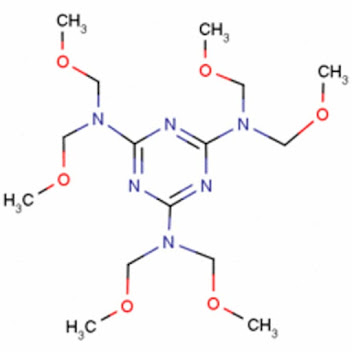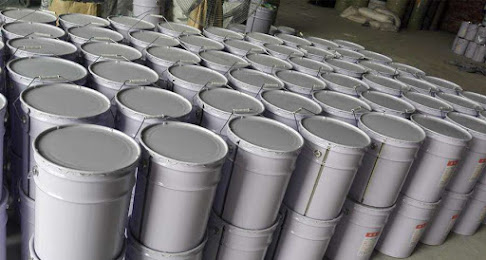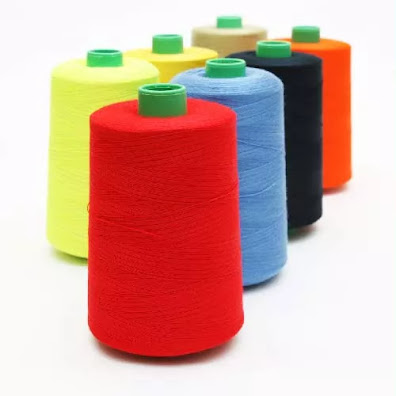Hydro Dripping at Home - Things to Consider

Hydro Dripping at Home - Things to Consider Before you begin your hydro dipping business, you should understand what is involved in the process. There are three main steps you should take. These include: Choosing an object to dip, masking and disassembling it. If you are planning to offer hydro dipping as a service, you should also learn about legal entities. If you are interested in running your own hydro dipping business, you should understand how much it will cost to start the business. Start a hydro dipping business Starting a hydro dipping business from home is a relatively easy venture if you have the necessary equipment and training. You will need a hydrographic tank, paint spray booth, and film. You will also need gloves, tape, chemicals, and clear guns. There are also certain training courses that are offered to those who are interested in the business. Listed below are some things to consider when setting up a hydro dipping business from home. A hydro dipping business is a g




